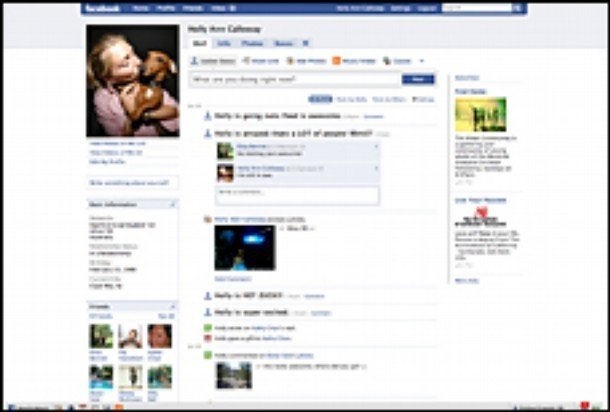
The Early Bird (Who is Your Friend) Gets the Worm
It's not too radical to claim that people are more like their friends than they are like other people that fit their demographic or psychographic makeup. Social psychology has shown that people tend to develop relationships with those that have similar interests to them, transcending demographics and psychographics. And those that have a strong relationship with each other have the capacity to influence each others' behavior.
Marketers traditionally have put consumers into various buckets in order to compartmentalize and therefore easily learn and make assumptions about them. These marketers lack the Holy Grail social-graphic information: friend connections and relationship information amongst their consumers.
Past - Demographic Targeting
Looking at John S., for example, he fits in the 25-34 year old, white male from San Francisco, CA bucket; now, marketers will assume that John is likely to respond to offers other people from his bucket generally respond to. In the absence of any other information about John, this demographic convention is the best they can do, with additional information obviously being more useful.
Present - Psychographic Targeting
When it comes to targeting people based on their psychographics and interests, politicians, especially, have been highly successful. If John S. subscribes to Guns & Ammo magazine, he might be very open to a message from a pro-gun candidate despite living in an area where the vast majority of inhabitants strongly support a ban on guns. This type of psychographic targeting is more successful than targeting purely on demographics -- psychographic targeting is not as broad and can be more descriptive. Thus, John's interests in one area is a good predictor of what he might buy in another area, independent of the behavior of those within his demographic bucket.
Future - Social-graphic Targeting
A more powerful predictor of John's purchasing behavior is what his friends are doing and buying. For instance, people interested in wine tend to hang out with people who also are interested in wine. And if a company is pitching a product, its best prospects are the friends of its current consumers: a golden leads list.
A study by Shawndra Hill, now Assistant Professor of Operations and Information Management at the University of Pennsylvania, shows a very strong correlation among friends purchasing the same items. This intuitively makes sense: one cannot pick his demographic makeup, but can and does pick his own friends, often based on similarity in attitudes, values, interests, and personality. This similarity leads to similar behavior and buying patterns amongst those friends.
Implications of Social-graphic Targeting
The problem for marketers and companies is knowing who someone is friends with since few companies have access to the social graph of their consumers. But companies with access can leverage that information for better targeting. By better targeting consumers, companies can cut down on advertisements, spam, and harassment to consumers and create a world with more relevance, consumer happiness, and better use of everyone's time.
Companies with this information include telecom providers, social networks, webmail and IM clients, and search aggregators. As one's social graph becomes a commoditized way to do better targeting, these companies (and others) will become increasingly valuable.
Telecom providers have great social graph data. They know who often calls each other -- an accurate representation of one's social graph. These companies can do analysis on this data and even determine types of relationships based on the frequency, duration, and timing of calls (e.g. most people tend to call their mom on Mother's Day).
Similarly, free webmail clients (Gmail, Hotmail) and IM chat clients (AIM, Yahoo) have a gigantic social graph of everyone that communicates with each other. In the future, this social graph data can be used to change the way these webmail and IM clients display ads based on the behavior and activity of one's social graph.
Online social networks have a good idea of who people know and the extent of their relationships. They could partner with retailers to better pitch products based on what peoples' friends are doing. Facebook already does this with Social Ads (and is what they attempted to do with Beacon).
Search aggregators, such as Google and Rapleaf [disclosure: I am an employee of Rapleaf], aggregate public connections data from thousands of blogs, forums, social networks, discussion boards, and more. These aggregators can enable marketers to better understand their consumers and provide a more customized experience and product recommendations based on the consumers' friends' interests and buying behavior. Companies that really want to better serve their consumers with a more customized experience can leverage these friend maps effectively.
It turns out that the obvious is true: birds of a feather really do shop together.